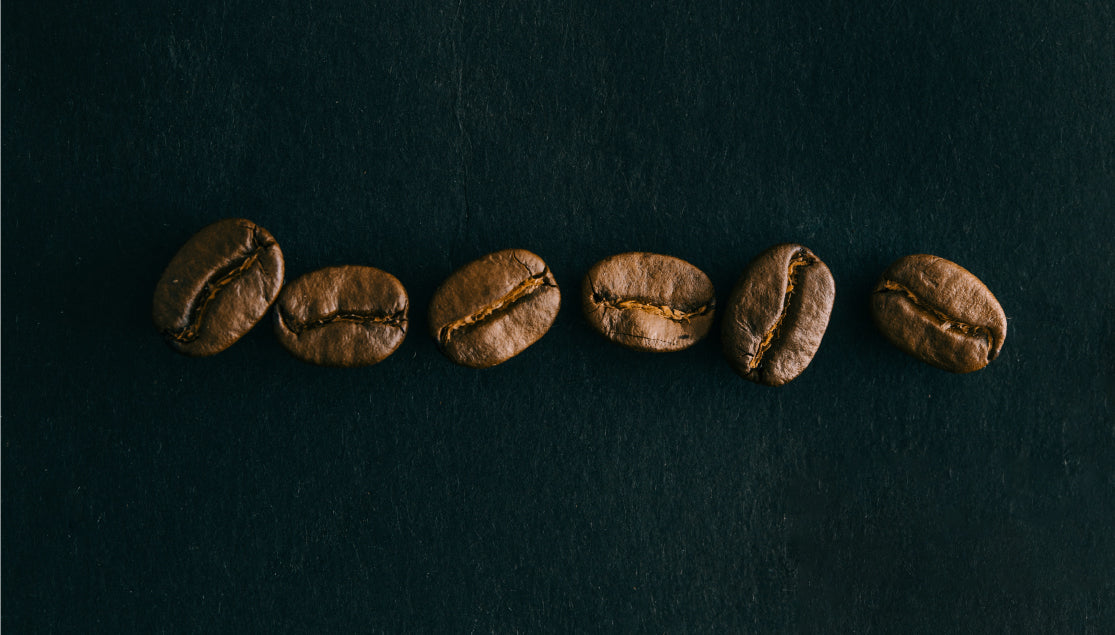What Are Varietal and Cultivar Descriptions?
As coffee lovers, we appreciate the unique flavors that delight our taste buds in any given cup. If you just brewed a cup, take a sip and take it in! Now, let’s focus on what is responsible for the flavors you taste. This includes the brewing process and, of course, the biggest contributor, the coffee itself. While you might be familiar with your coffee’s growing region and even the species (Arabica v. Robusta), the average person’s understanding stops there.
As the coffee world continues to grow, many specialty coffee roasters have begun to include varietal or cultivar descriptions for their beans. If you understand the variety of your coffee, you will have a much better idea of what you can expect. Here are some basics.
What Is a Varietal?
A wine analogy seems to be the most appropriate here. Wine has a ton of varietals, and once you have tried a few, you will likely have some preferences. When you go into a restaurant, chances are you don’t just order a glass of wine. You specify what you want, like a Sauvignon Blanc from New Zealand (varietal and origin). This is where coffee is going. While the term wine paints a general picture of an alcoholic beverage with certain characteristics, the specific varietal or grape in this example, along with origin, is what really shapes your flavor expectations. In coffee, the species Arabica is like saying red wine while the specific varietal would be like saying merlot. Make sense?
For simplicity's sake, varietal and cultivar are interchangeable and refer to the natural or bred subspecies of your coffee respectively.
The Most Common Varietals
There are thousands of known coffee varietals, but here are some of the most common ones.
Typica
This is one of OG cultivars that supposedly traces back to Ethiopia as with all Arabica. In the 1700s, the beans made their way to Europe and then throughout South and Central America over the next few hundred years. Until the mid-1900s, Typica accounted for the majority of coffee grown in those regions. Typica has a very low yield and high susceptibility to disease and therefore has largely been replaced by other heartier varietals. The cup quality is usually great and will deliver a wonderful sweetness, cleanliness and full body.
Bourbon
Along with Typica, this is considered one of the original cultivars. In the 18th century, this varietal was brought by the French from Yemen to Bourbon island (now La Réunion). From then, it traveled through Africa and the Americas until it arrived in Brazil in the late 1800s. Similar to Typica, the coffee is known for an excellent cup but low yield and high susceptibility to disease. While many producers have opted to move towards other varietals for business reasons, you can still find some Bourbon grown in El Salvador, Guatemala, Honduras and Peru. When drinking Bourbon you will notice inherent sweetness combined with a complexity that appeals to casual coffee drinkers and coffee nerds alike.
Caturra
This varietal comes as a mutation from Bourbon that was discovered in Brazil in the early 1900s. It has a dwarf gene that makes it grow smaller and subsequently much easier to pick. This combined with its ability to produce abundant cherry makes it very appealing to growers. The varietal was introduced to Guatemala in the 1940s and then made its way to other Central American countries where it has accounted for the vast majority of production. This is the benchmark for testing other coffee varietals for many growers in these regions. Expect bright acidity and a bit less clarity in this cup.
Ethiopia Heirloom
This term is used to describe the thousands of indigenous varietals that are produced throughout Ethiopia. In many cases, each village has its own varietal that has been passed down and adapted to the unique micro-climates. They are praised for their excellent cup, drought resistance and moderate yield. While there is a bit of mystery surrounding varietals that fall under the heirloom umbrella, they undoubtedly produce some of the most compelling and delicate flavors including fruit, floral and even wine.
Geisha/Gesha
This varietal is probably the most recognizable name to many on this list. Its recent claim to fame came from outstanding cupping scores in regional competitions and consistently bringing record breaking prices at auction. Its history traces back to Ethiopia where it emerged in the early 1900s. It was distributed throughout Panama in the mid-1900s and praised for its coffee leaf rust tolerance, but many farmers found its branches incredibly brittle and lost interest in growing the varietal. Geisha is recognized for its delicate floral and tea notes as well as its overall complexity. It’s really unlike anything you’ve ever tasted and demands a price accordingly, especially when you get the real deal from Panama.
SL28 & SL34
Derived from Bourbon and Typica, respectively, SL28 & SL34 are cultivars that emerged in Kenya as the result of extensive breeding research in the early 1900s. They were selected for their resistance to drought, diseases and pests. These varietals are most commonly grown in Kenya and Zimbabwe but can be found in Latin America as well. Both will deliver a complex, citric acidity that is complemented by a nice sweet finish. Good stuff.
Whether you’re drinking a Panamanian Geisha or a Bourbon from El Salvador, you now have a good understanding of what to expect and what makes that coffee so special. While it’s not yet commonplace to find varietal information on every coffee bag, the industry is moving in that direction. You can now impress your friends and the most sophisticated coffee drinkers alike by talking about your coffee preferences in a whole new way!






